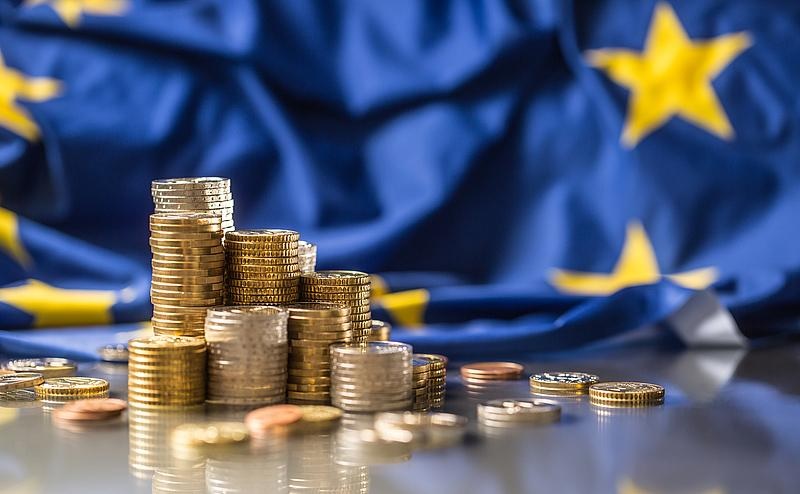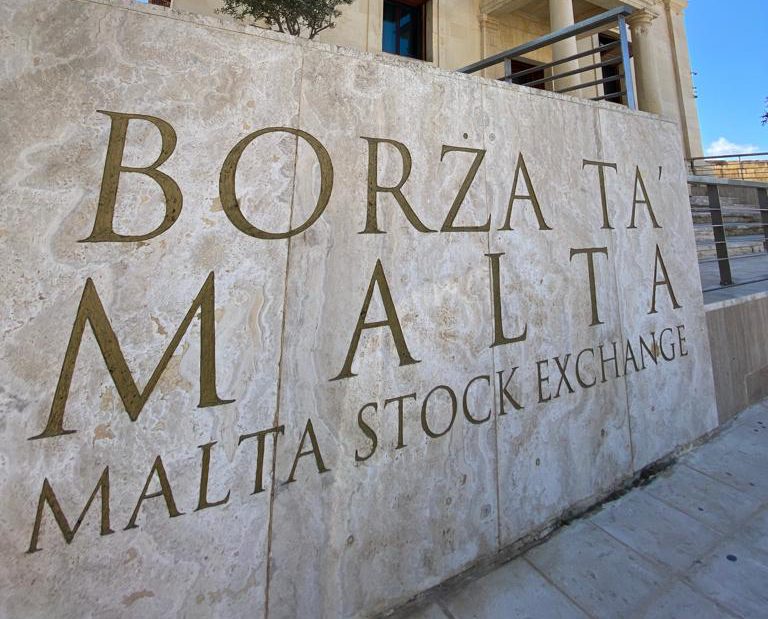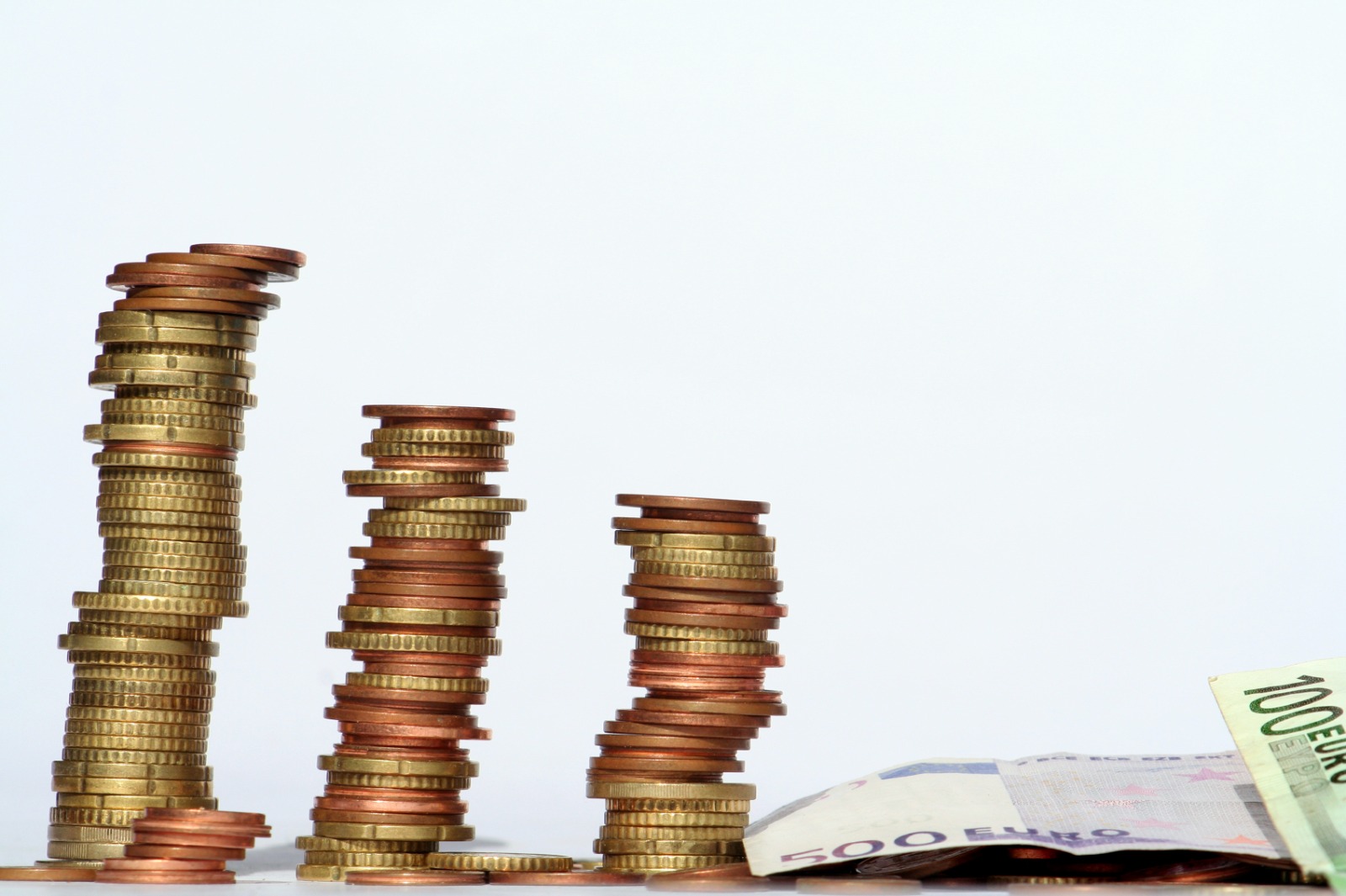In a business environment where companies are increasingly committed to ESG credentials, taking on green projects is becoming more and more vital to operating a successful business. For some time now, local banks in Malta have been offering green loans or eco loans to individuals to finance environmentally friendly and energy-saving products and services. This enables domestic homeowners to become more sustainable and save money in the long run, by, for example, cutting down their electricity bills by installing solar water heaters or photovoltaic panels.
On a bigger scale, small and mid-size enterprises (SMEs) are also encouraged to contribute and take on sustainable projects. Through the ‘Agenda 2030’, the crucial role of firms, including SMEs, to achieve the 17 Sustainable Development Goals (SDGs) was identified by the United Nations. SMEs constitute a key pillar of the European economy and play a fundamental role in social and community dynamics. They are key players in European and global value chains, making them essential actors in the efforts towards the sustainable transition.
An environmental approach to sustainability of European SMEs is to reduce CO2 emissions, reduce energy consumption, generate and adopt renewable energy, increase the use of recycled materials, and contain water consumption. This can, for instance, be achieved by setting up photovoltaic panels on the roof to harvest 3,000 hours of annual sunshine Malta is blessed with. Also, renovating buildings and making them energy efficient by, for example, insulating windows and doors can make a distinctive impact on thermal performance. Besides that, purchasing greener equipment or energy-efficient assets can make a company´s daily business more sustainable. Considering an investment in an electric fleet, including charging stations, can also be profitable as well as replacing the old air conditioning systems with new energy-efficient ones. Every SME has the potential to operate greener and, in some cases, even start developing sustainable or recycled products.
Becoming more sustainable will help SMEs grow their business and increase the company´s competitiveness at the same time. It is old news that adopting a sustainable business model is profitable by helping reduce costs and opening the opportunity to access new customers and markets. Needless to say, saving energy and resources equals saving money, which is an equation that just makes sense – business sense. With ESG information becoming increasingly important in providing credit to businesses, enhanced ESG credentials give SMEs access to better financial conditions, critical funds and business opportunities and resources in general. Hence, sustainability is relevant for SMEs and should be taken into consideration in their business strategy.
However, some of the barriers to preventing SMEs from adopting sustainability strategies are relatively excessive costs together with a lack of economic or financial resources. According to the EU, SMEs face a major financial gap in Europe of €20-35 billion, despite support programs at EU and national levels. Public green Credit Guarantee Schemes and ESG-linked loans and green financial instruments can be initiatives and tools to foster sustainability in SMEs. Green Loans are a promising tool to help to improve a company´s ESG credential without burdening too much the cash flow since those loans are usually facilitated at a good rate with public and/or private funding.
In a nutshell, there are plenty of measures SMEs can take to boost their sustainability score and drive high ESG ratings for their own and for the environment’s sake. When meeting sustainability goals is becoming a struggle with burdening of the cash flow and regular funding not easily facilitated, Green Loans are a great opportunity to put SMEs at ease.
Reinventing the single market: Strategic vision and bold reforms for Malta and Europe
Proposed reforms present significant opportunities and formidable challenges for our small island nation
The equity market in pre-COVID times
Investor sentiment has evidently failed to recover from the series of shocks since the start of 2020
Interest rate divergence ahead?
Inflation is falling faster than forecast in Europe, while exceeding expectations in the US







